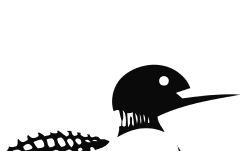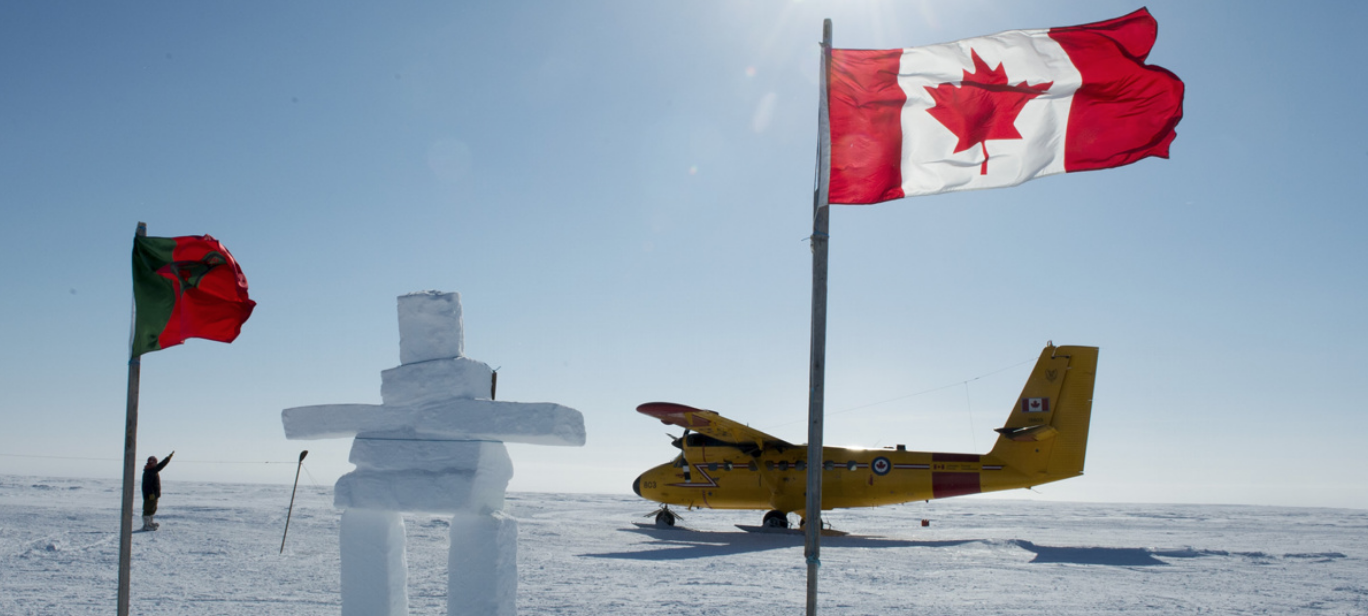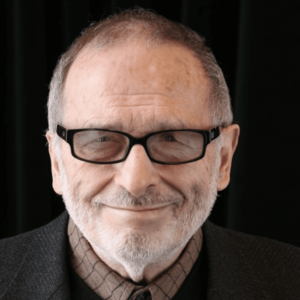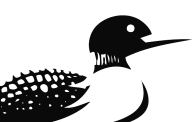In his July 2021 essay “On the Historical Unity of the Russians and Ukrainians”’ Vladimir Putin asked “Why … can’t relations between Russia and Ukraine be like the United States and Canada, or Germany and Austria?”
The British journalist James Meek has suggested: “One answer might be that the United States and Germany don’t question their neighbour’s existence.” Some Canadians, however, might at least somewhat question Mr. Meek’s answer.
In the second volume of his Jean Chrétien biography Lawrence Martin reports on a 1980s meeting between Brian Mulroney’s disarmament ambassador, Douglas Roche, and Ronald Reagan’s Republican secretary of state, George Shultz.
Shultz advised Roche: “Look, let’s get one thing straight. The land that you people occupy up there, north of the forty-ninth parallel, geographically speaking, is part of the northern United States.”
Much more recently Lauren Boebert, Republican member for the third congressional district of Colorado, has told Fox News: “I pray for Ukraine, I wish them the best … but we have neighbours to the north who need freedom and need to be liberated.”
US conservative talk show host Candace Owens has also tweeted: “STOP talking about Russia. Send American troops to Canada to deal with the tyrannical reign of Justin Trudeau Castro.”
Even in the midst of the current Russian invasion of Ukraine none of this may be judged altogether serious. The War of 1812 was the last time the USA actually tried to invade Canada.
On the other hand, the US journal Foreign Policy has recently reported on “How Russia’s Future with NATO Will Impact the Arctic,” arguing that there are “critical ways the crisis in Ukraine will determine the region’s future.”
Since 1996 there have been “coordinated efforts … among the Arctic states (Canada, Denmark, Finland, Iceland, Norway, Russia, Sweden, and the US)” to deal with emerging issues in the region.
And thinking about the Canadian Arctic in 2022 may remind us that the pride we sometimes take in how little Canada spends on the Canadian Armed Forces is increasingly misplaced.
Canada is not now spending at all enough on national defence to seriously defend its claims to sovereignty in its far north. And these claims are often enough questioned by US observers.
Ottawa has been increasing defence spending lately. But in a review of the 2021 federal budget the Canadian International Council noted that: “Despite this additional funding, Canada will not meet the two per cent of GDP target for defence spending set by NATO.”
According to World Bank numbers, military expenditure in Canada accounted for 1.4% of GDP in 2020. This was the same as Germany — but lower than France (2.1%), or Australia (2.1%), the United Kingdom (2.2%), India (2.9%), the United States (3.7%), or Russia (4.3%).
Early in March 2022 Prime Minister Trudeau, in the careful words of The Canadian Press, at least “opened the door … to spending more on Canada’s military.”
Focusing on the prospect that Russia’s current anti-NATO mood could spillover into the Arctic may add urgency to Canada’s military spending calculations.
Some might see the most impressive military presence in the three northern territories right now as the “2000 Canadian Rangers in 61 patrols and more than 1,400 Junior Canadian Rangers (JCRs) in 44 patrols located in 65 communities across the north.”
As officially explained : “The Canadian Rangers are a part of the Canadian Armed Forces (CAF) Reserves working in remote, isolated and coastal regions of Canada. They provide lightly-equipped, self-sufficient mobile forces to support CAF national security and public safety operations.” (Note as well: many Rangers are Indigenous Canadians.)
Canada has been trying to strengthen its northern military presence since the late 20th century. But progress has been slow. The Canadian Rangers and the broader Canadian Armed Forces in the north could be much more impressive if they had much more money.
Growing Russian scepticism about NATO could similarly bring new national security pressures to the Canadian Arctic. If Canada won’t spend more to meet these pressures, the United States could decide to meet them itself, on grounds the late George Schultz would understand..
Already, the Department of National Defence in Ottawa has told us: “In February and March 2022, the Canadian Armed Forces (CAF) is participating in several recurring joint Arctic exercises alongside the United States (US) military in Alaska and other locations across North America.”
Here as elsewhere there are growing arguments for a sovereign and independent Canada to start spending significantly more public money on national defence.






